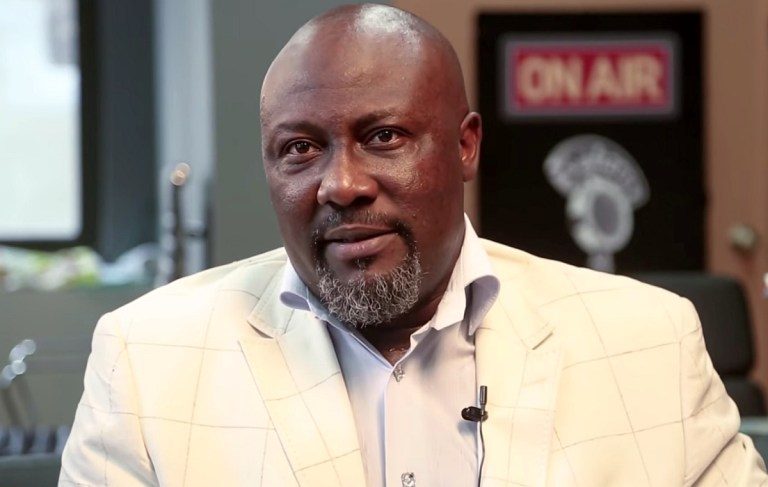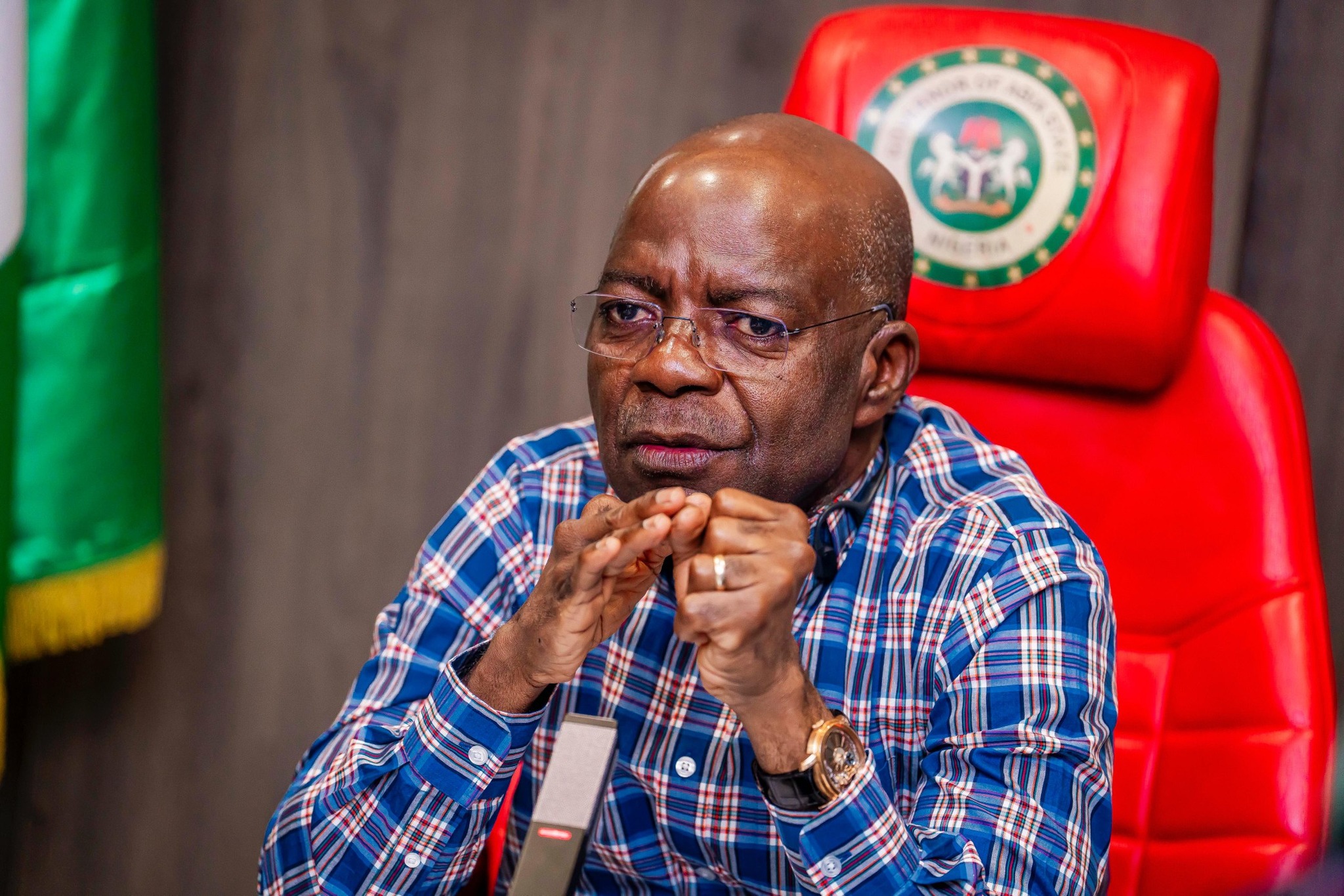•Generation companies kick over new subsidies to EERC
Emmanuel Addeh in Abuja
Generation Companies (Gencos) yesterday said that the debts owed them hit N1.2 trillion in the first half of 2025 alone, with total arrears, including legacy debts of N2 trillion and another N2 trillion in accumulated financial obligation by the federal government in 2024, now reaching almost N5.2 trillion.
The Gencos, in a statement by their spokesperson, Dr Joy Ogaji, was reacting to news reports that the federal government may shoulder the new subsidies granted by the Enugu Electricity Regulatory Commission (EERC) to its customers after it slashed tariff from N209 to N160 per kilowatt hour.
The Gencos expressed concern that this tariff issued by EERC has set a precedent for all other states, explaining that from their tariff order, only N45 naira is captured for generation cost out of N112, portending a bigger issue in the decentralisation of power or electricity to the subnational governments.
Stressing that there is no federal government policy on subsidies, the Gencos described it as debt accumulation, stressing that although the Gencos’ monthly generation invoices average about N250 billion, the federal government budgeted only N900 billion for the whole of 2025, which is not even cash-backed until now.
“This is a huge contagion that needs to be dealt with but at the presidency level. Recall that Gencos are currently owed about N4 trillion (N2 trillion for 2024 and N1.9 trillion in legacy debts, that is, 2015-2024, with an accumulated debt of N1.2 trillion for first half of 2025 alone.
“ There are no workable solutions, including cash payments, financial instruments, and debt swaps in sight at the moment. The 2025 government budget allocates only N900 billion, raising concerns about its adequacy to cover arrears and future deficits.
“The power generated by Gencos has continued to be consumed in full without corresponding full payment,” said Ogaji, who is the Executive Secretary of the Association of Power Generation Companies (APGC).
According to Ogaji, despite meeting and exceeding its available generation capacity requirement, Gencos have never received 100 per cent payment, never had sufficient and guaranteed gas supply by the offtaker; has never been paid as and when due and has never been protected from grid inefficiencies.
Besides, the Gencos argued that they are not protected from forex volatility notwithstanding the aggravated effects of inefficient grid operations which have increased their machine maintenance costs with over 90 per cent of their operational cost in dollars.
As of today, the power generation companies stated that over 50 per cent of their capacity is not being enjoyed by consumers due to constraints at the transmission and distribution subsector, hampering Gencos’ operations.
“At the inception of the Transitional Electricity Market (TEM) in 2015, commitments were made to ‘guarantee’ Gencos’ full payment of their invoices, underpinned by security deposits which the Distribution Companies (Discos) were meant to provide, to cover monthly shortfall in payments.
“Gencos relied on this supposed guarantee and payment assurance to increase their investment in additional capacity. Sadly, as of today, the payment assurances and supposed guarantees, whether from Nigerian Bulk Electricity Plc (NBET) or Discos are not in place with resultant dire consequences for Gencos, the entire power sector and the Nigerian economy,” the statement said.
As good corporate citizens, Ogaji stated that Gencos have made large-scale investments in the power sector with associated business risks while fulfilling their obligations as stipulated in the terms and conditions and guidelines contained in the various industry agreements and have continued to add capacity, despite the difficulties being faced by them.
The statements added that Gencos continue to bear all the sector risks, including: Unutilised capacity, as even the declared capacity is ignored and not fully utilised; non-adherence to the contract and conditions of services as well as grid instability and high-frequency challenges.
Besides, they listed risks of lenders and banks’ pressure, including host community restiveness as well as instances of overloaded lines, noting that due to aged and weak transmission and distribution system, generated power is rejected or forced to be reduced to match distribution infrastructure.


